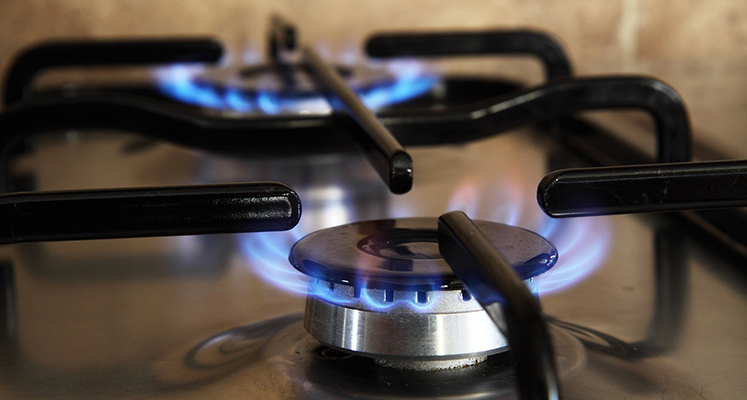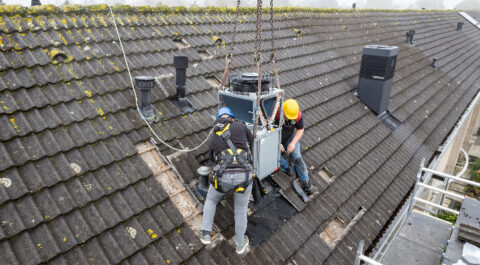The Economic Institute for Construction (EIB) concluded last week that it will not succeed in making the built environment gas-free by 2050. The analysis assumes the slow scale-up of recent years, but unfairly fails to take innovations into account, believes Nancy Kabalt-Groot of Wind Power Five.
As a major bottleneck, the EIB cites labor market tightness. This tightness is a fact. However, standardization and innovation make it possible to do much more work with fewer people. The conclusion that gasless will not succeed before 2050 is therefore far too premature, says Nancy Kabalt-Groot, an expert in energy transition.
Fewer hands needed per house
"Innovation both in technology and work processes mean that fewer hands are simply needed per house. Prefab solutions are already increasingly becoming part of the process at large construction companies. It is also sometimes the small innovations that eliminate problems in the process. Consider, for example, the bat survey that must be conducted prior to construction. That takes a lot of time, but thanks to a small tool that can now be done much faster."
Surprisingly, the EIB calls scaling up unwise because there will be many people "left over" after 2050. Kabalt-Groot: "It is good to think about that, but it is not a legitimate reason to abandon upscaling. The report also ignores the course of a transition in which all beginnings are difficult. In recent years much energy has been put into learning about the best approach. We can reap the benefits of that further down the road in the national rebuilding of our energy system."
Unrealistic amount
Finally, the amount, 375 billion euros. That seems mainly intended to deter.
"The amount is arrived at by multiplying cost per house (average 40,000 euros) by number of houses. This completely ignores cost reductions due to scale and efficiency. Moreover, it ignores the costs of maintaining the status quo. Consider maintaining gas networks for fewer and fewer homes, rising gas prices and geopolitical risks."
"In short, a lot of excuses and moodiness," the expert believes. "Above all, let's get on with the energy transition so that the built environment is gas-free by 2050."












